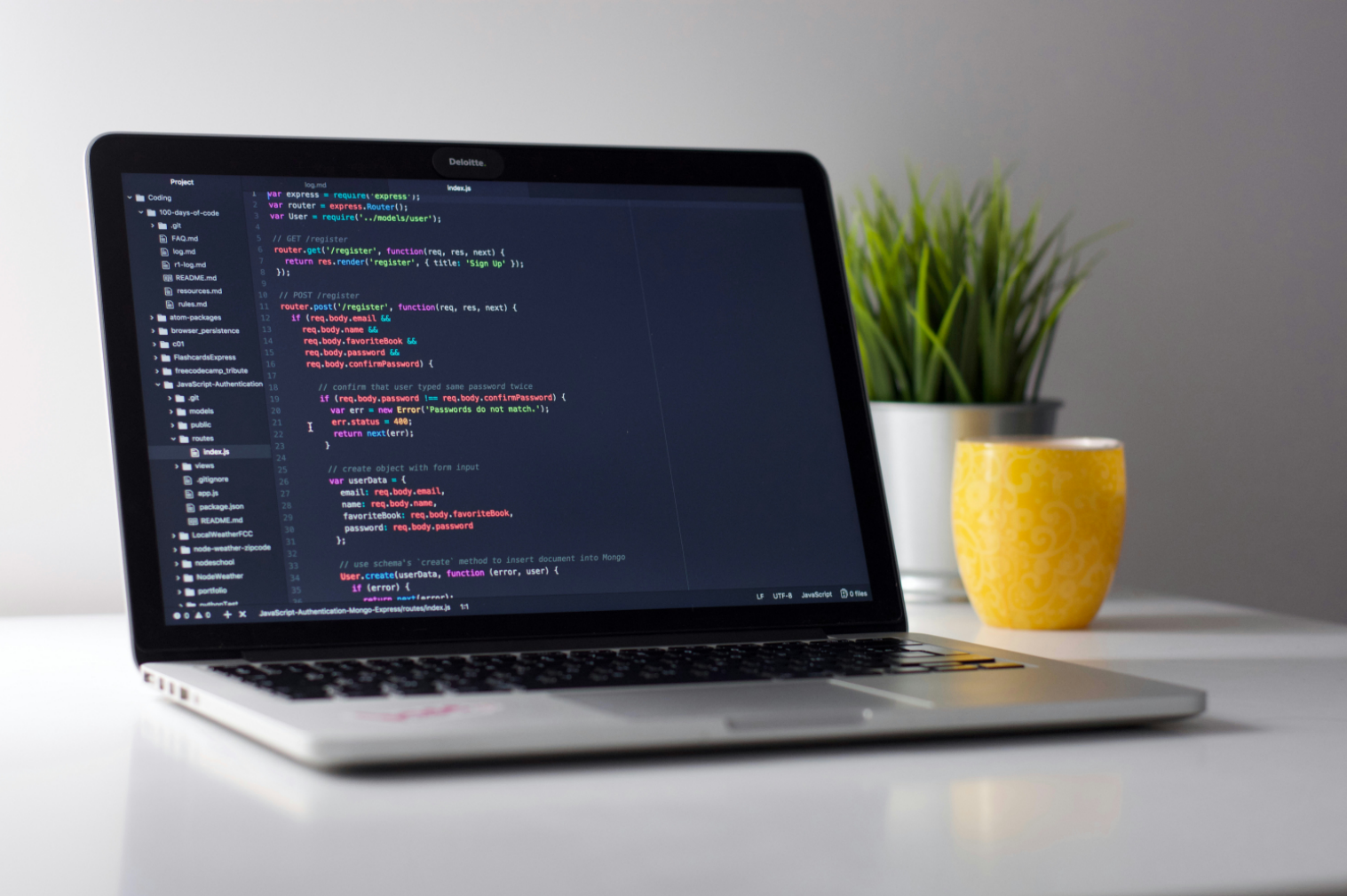How to run Java on Mac

Java holds the title as the world’s most favored programming language, and macOS provides an exceptional environment for developing Java applications. The art of programming not only opens doors to technological advancements but also offers a rewarding experience during the learning process. macOS, equipped with the Cocoa framework, offers robust graphical toolkits that facilitate the development of visually appealing applications. To embark on the journey of Java programming on macOS, it’s essential to install the Java Runtime Environment (JRE) and the Java Development Kit (JDK).
Java’s popularity is unparalleled, revolutionizing internet technology and continuously fostering innovation. Through the partnership between Apple and Sun Microsystems, Java finds a seamless integration within the macOS ecosystem. The Java programming language is dynamic and extensible, allowing for the addition of new classes and methods with ease. One of the standout features of Java on macOS is its support for multithreading, enabling the execution of multiple tasks simultaneously. Furthermore, Java’s efficient memory management and automatic garbage collection contribute to the robustness of programming on macOS.
To get started with Java on macOS, one must download the necessary software from Oracle. While some machines might come with Java pre-installed, developers typically require the Java Standard Edition. An Integrated Development Environment (IDE) is also crucial, and Oracle’s NetBeans offers an integrated solution with the JDK. Installation is straightforward: visit Oracle’s website, navigate to the Java SE section, and download NetBeans with JDK. Following the installation instructions will set up both the JDK and NetBeans on your system. Verifying the Java version via System Preferences and the Terminal ensures a successful installation.
Crafting Your First Java Program in NetBeans on macOS
Launching NetBeans allows you to start programming immediately. Here’s a quick guide to writing a “Hello World” program:
- Open NetBeans from the Application folder.
- Select File > New Project, ensuring Java is chosen as the category and Java Application as the project type.
- Name your project “HelloWorld,” ensure the main class is selected, and click Finish.
- In the main window, you’ll find the HelloWorld.java file. Enter the following code:
public class HelloWorld {
public static void main(String[] args) {
//TODO code application logic here
System.out.println(“Hello World”);
}
}
- Save your program via File > Save, and run it by clicking the green Run Project icon.
Compiling and Running Java Programs in Terminal
For those preferring the Terminal, here’s how to compile and execute a Java program:
- Open Terminal and create a new directory with `mkdir HelloWorld`, then navigate into it with `cd HelloWorld`.
- Create a new Java file with `touch HelloWorld.java` and open it for editing with `nano HelloWorld.java`.
- Enter the same “Hello World” code as above, save with Control-X, confirm with Y, and exit.
- Compile the program with `javac HelloWorld.java` and run it with `java HelloWorld`.
The Terminal will display “Hello World” as the output, signaling success.
Conclusion
This guide provides insights into running Java on macOS, highlighting Java’s significance in the macOS ecosystem and detailing the installation of NetBeans. It offers a straightforward approach to writing, compiling, and running Java programs, both through an IDE and the Terminal. For those skilled in Java, numerous freelancing opportunities are available, underscoring Java’s enduring relevance in the tech landscape.